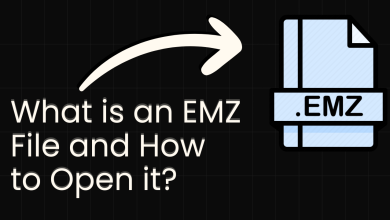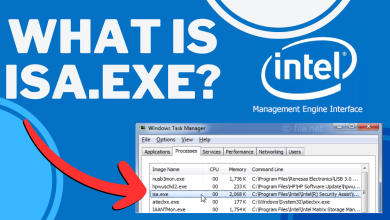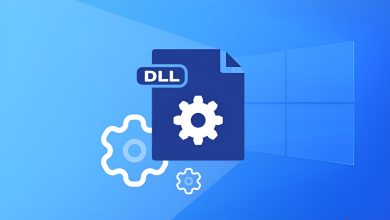What is: Node.JS Executable ‘node.exe’
If you are an app developer or using Adobe applications, then you might notice a process named node.exe in the task manager. This process is common to be seen in task manager without causing any issue but for some people, this might cause performance issues and make their system slow. In this article, we will tell you if this process is legitimate, safe, and important for your system.
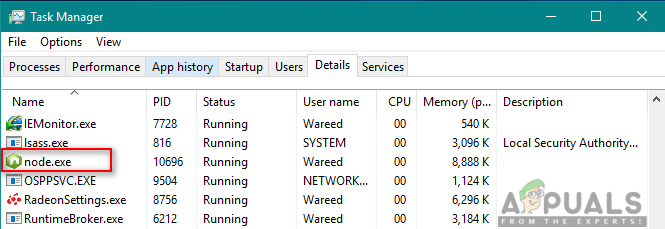
Node.exe is an executable file containing everything software developers need to run node.js applications on Windows or any other operating system. Node.js is suited for different software where you’d like to maintain a persistent connection from the browser back to the server. You can download it separately or find it within Adobe, Prey, iCatcher Console, and many others. Node.js is a free open source JavaScript run-time environment that executes JavaScript code server-side. This file cannot be important for the main usage of the application but it still controls some exceptional features for it. In Adobe apps, it is mainly used for file syncing
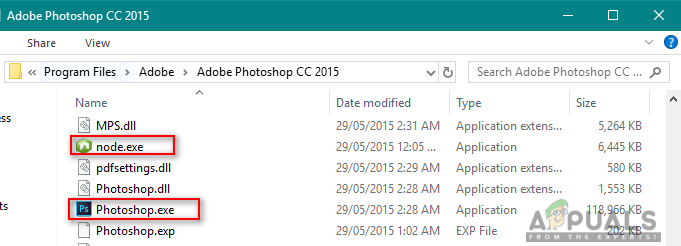
However, users find this running in the background while no related applications are being used. Sometimes there are multiple node.exe running the background for different features. This can sometimes become a burden on the CPU and consume more CPU usage for no reason.
Tip
- Node.exe is not a system file that needs to be running all the time in the background. Most processes in the background will be consuming CPU and Memory usage and space. Because of this, many other tasks will become slow and unreliable.
- Some malware camouflages itself as node.exe which can be a security threat to your system. You can check if the file is located in the C:\Windows or C:\Windows\System32 folder, then it is a Trojan. The location for the legit file should be C:\Program Files or C:\Program Files (x86).
- It is safe to close this process from the task manager. However, make sure you are not using the node.js at the moment of ending the task. When it comes to closing this process or removing it, a user should really check that where it is located and what it is used for.
1. Disabling Adobe Auto Updater Startup Option
As we already know that node.js is also used by Adobe applications, so disabling the Adobe startup process will help in disabling the node.js startup. You can easily disable the Adobe Updater from the startup in task manager by following the steps below:- Hold Windows key and press R to open Run, then type taskmgr and press Enter.
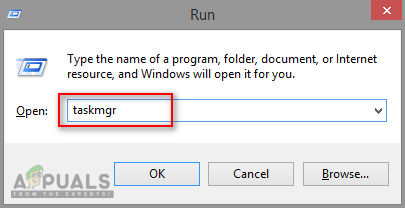
Opening Task Manager - Click on the Startup tab in the task manager and check for Adobe startup processes
- Right-click on Adobe Updater and choose Disable
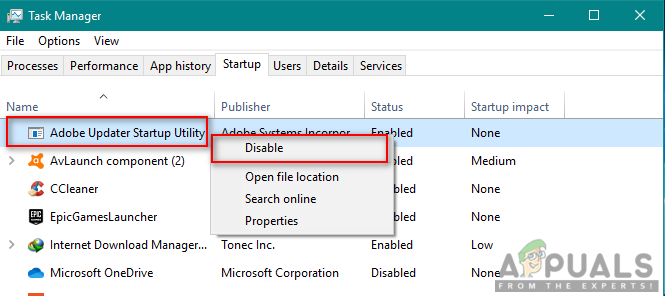
Disabling Adobe Updater from startup - Now no node.exe will start at startup due to Adobe applications.
2. Removing Node.exe from your Computer
Removing only the node.exe executable is not viable since the software will automatically recreate the missing component once it needs it. The best way to make sure that the node.exe executable is permanently removed from your system is to uninstall the whole node.js or the software that is using node.js. To do this, you need to follow the steps below:- Hold Windows key and press R to open Run, type appwiz.cpl and Enter.

Opening Programs and Features - Search for the software that contains a node.exe, right-click on it and choose Uninstall.
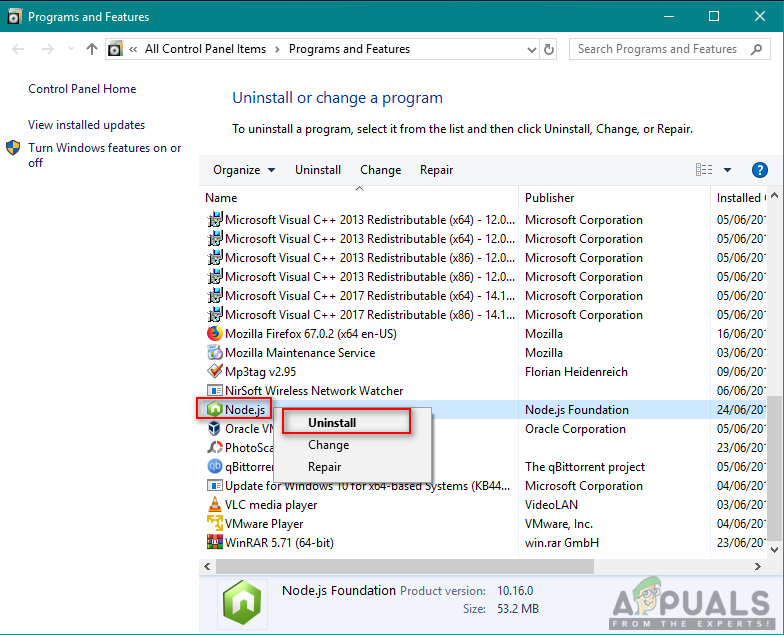
Uninstalling Node.js from Programs and Features Note: Software like Adobe and iCatcher Console uses node.js.
- Now the node.exe will not start up anymore.
If you have deleted a legitimate node.exe file, you can reinstall the application that the node process was linked to. This will re-download the node for that software and install it on your computer. It’s possible that the application might stop working if it doesn’t have the node file exist on the directory of that particular program. As some programs use node.js, node.dll, node.exe, etc files to connect that application to the internet such as Nvidia web helper.exe, and other programs. If any of your programs show the “node.dll is missing” error you can check out this article (here) to fix that issue.


